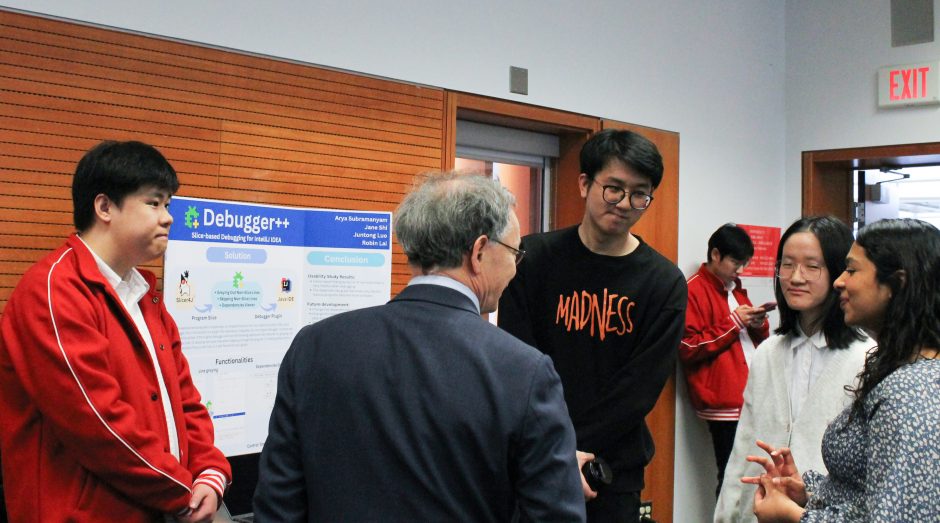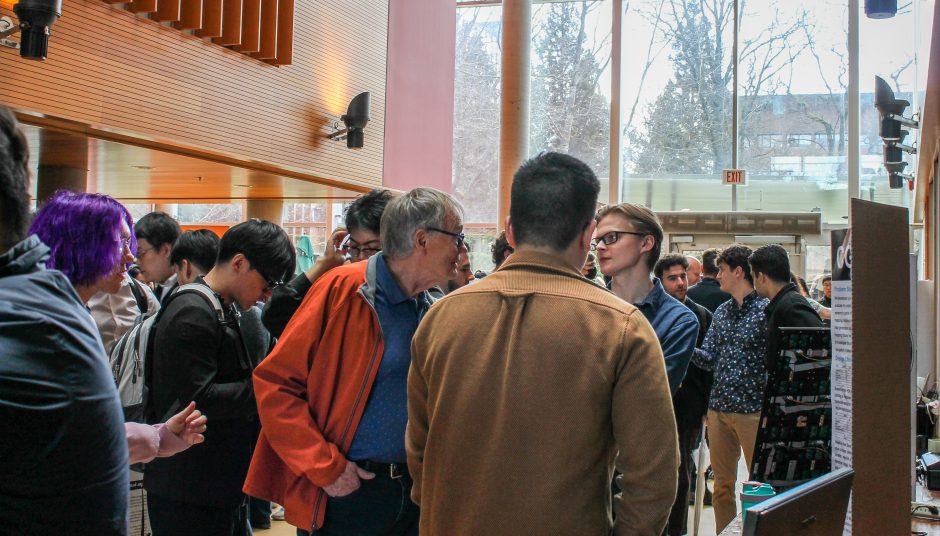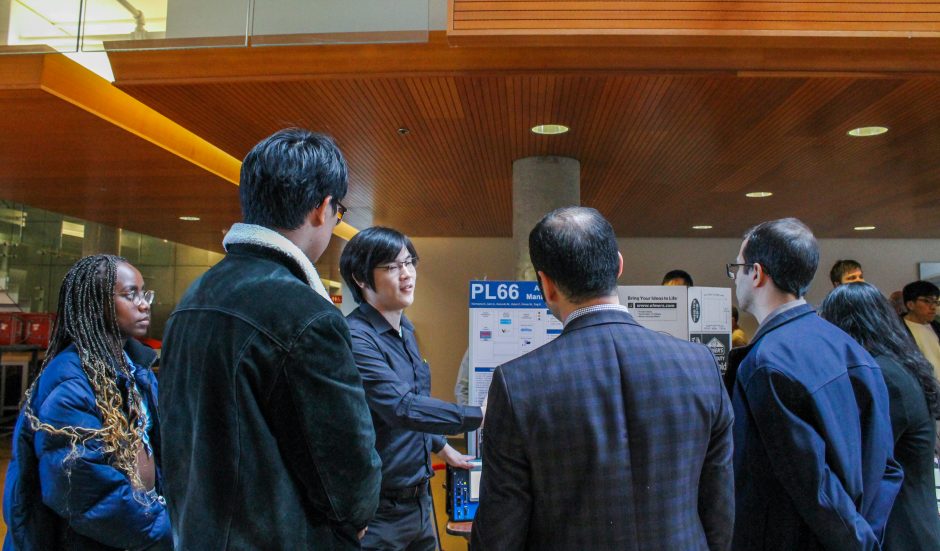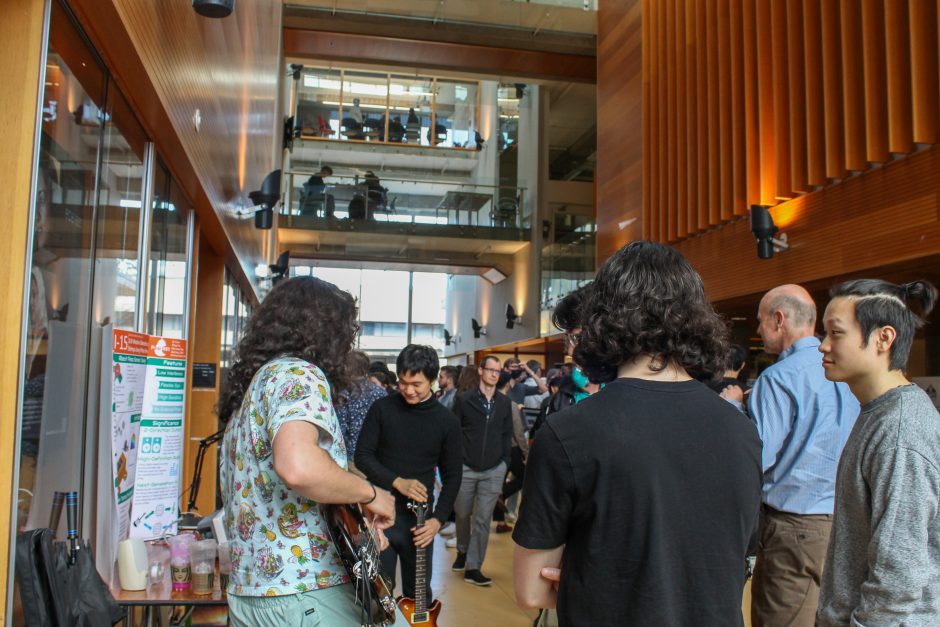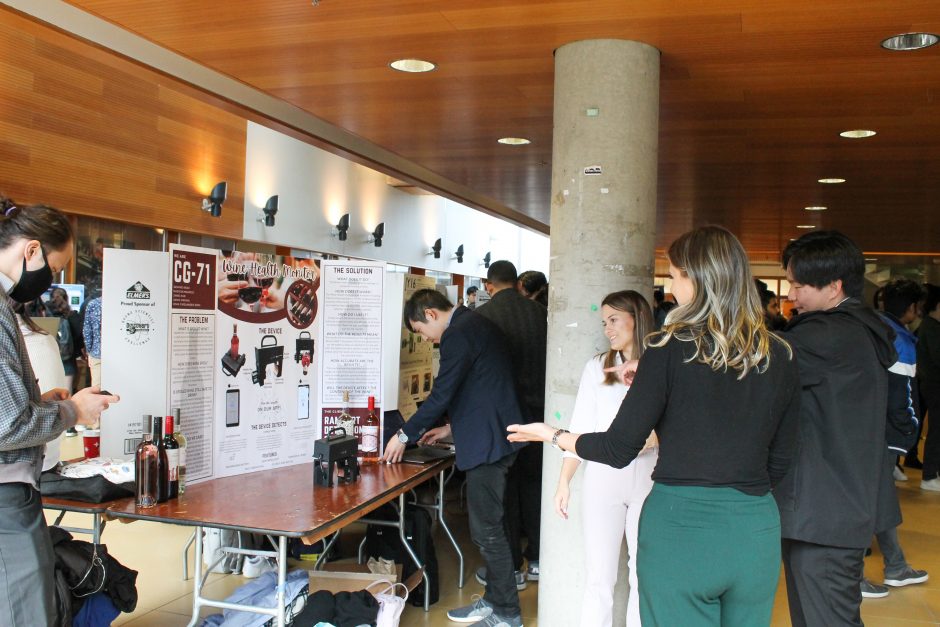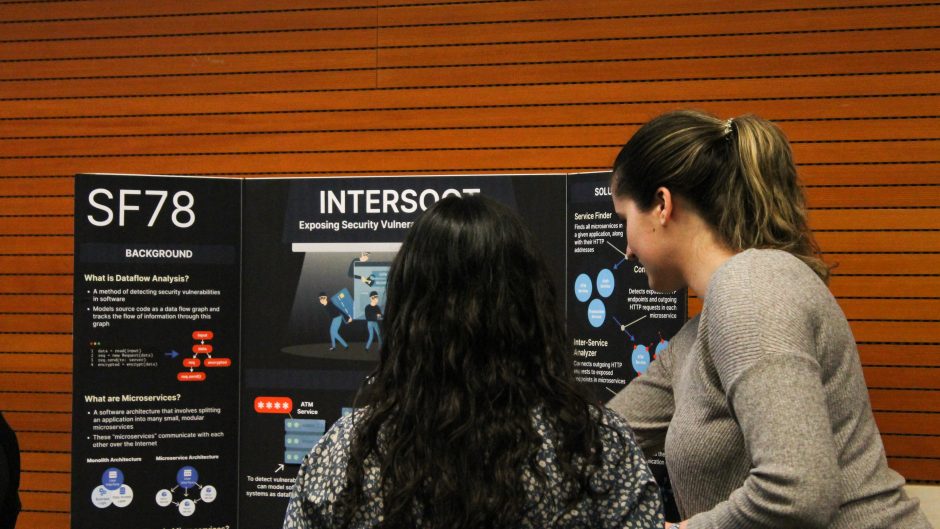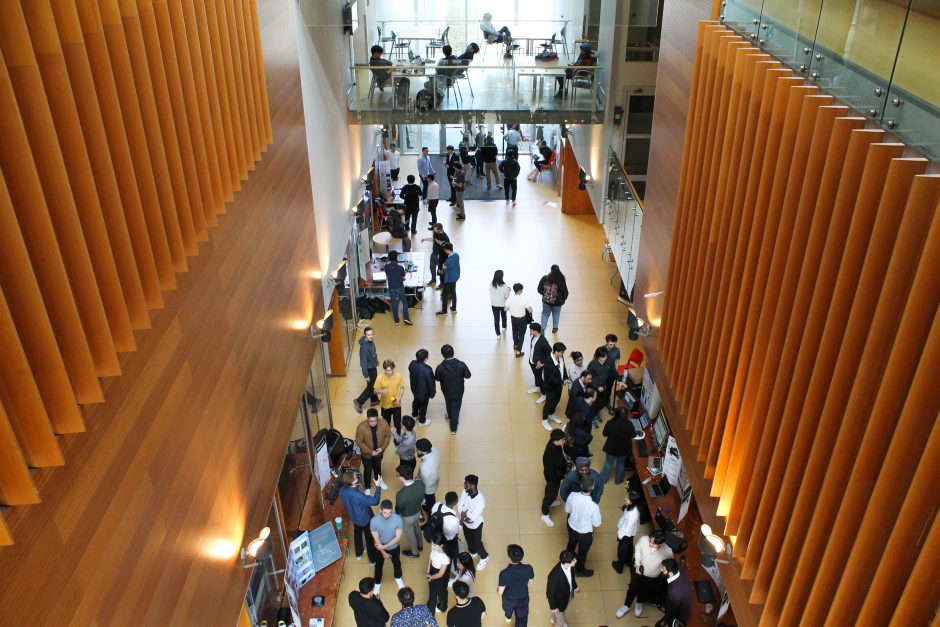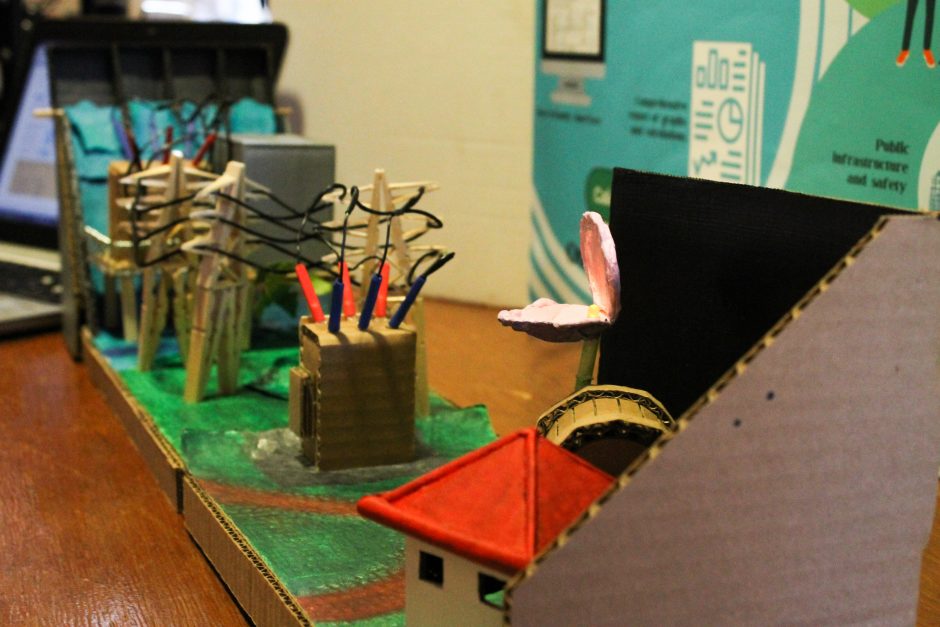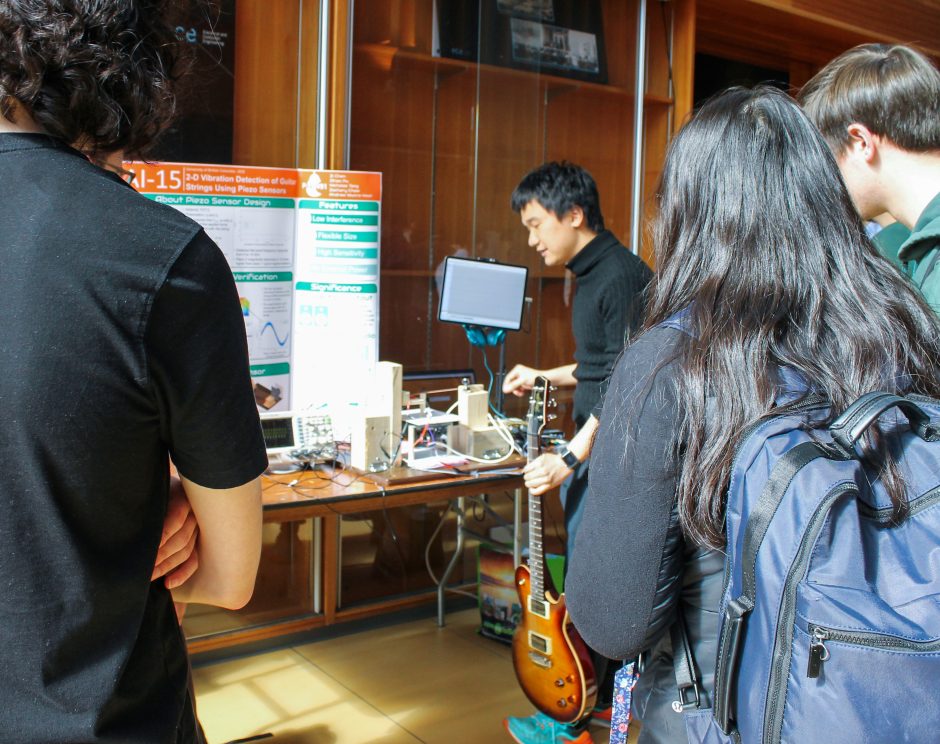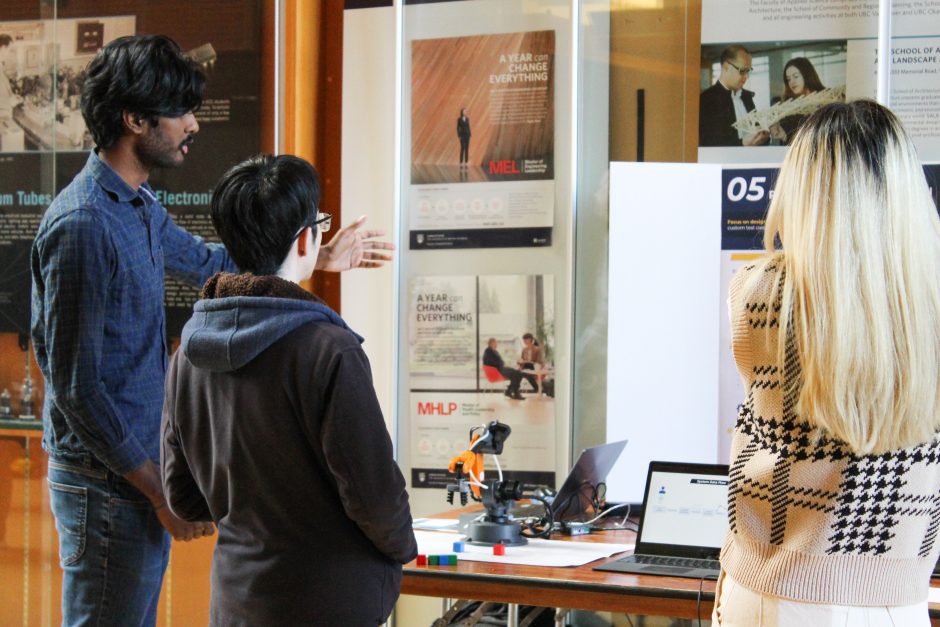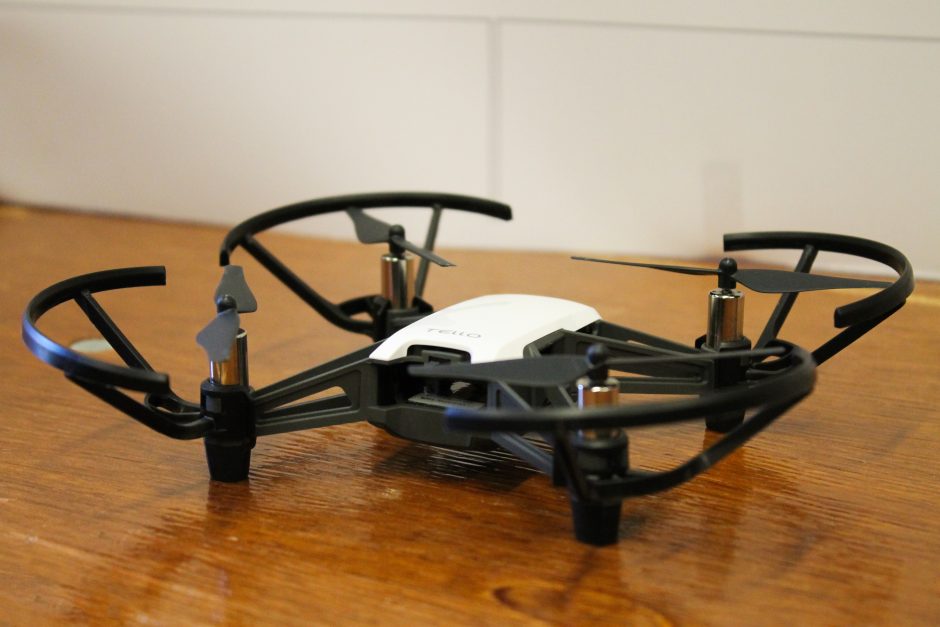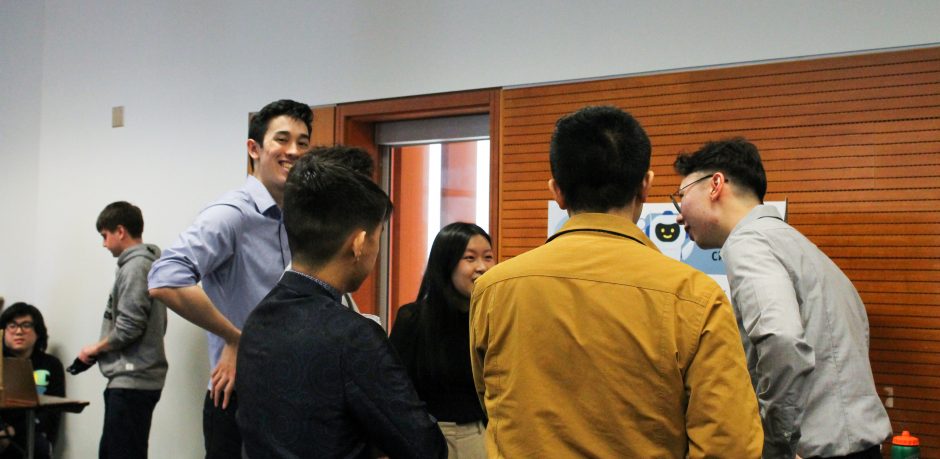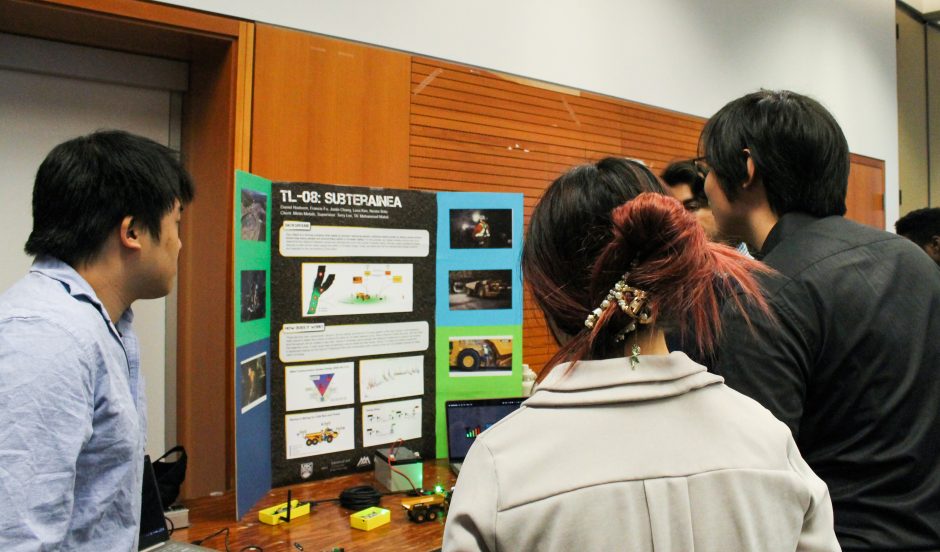Thank you to everyone who attended Design and Innovation Day! Congratulations to all of the groups on your hardwork and effort for this year’s capstone projects!
The capstone design project is a major component of the ECE engineering curriculum where students work in teams of four to six students to design a product/service of significance and to solve an open-ended problem in electrical and computer engineering.
Best Video Winners
The best video awards recognize our teams’ exceptional ability to communicate their technical design challenge and project’s impact to a general audience. A short list of videos is selected by the Capstone students with the final winners selected by a panel of judges representing diverse perspectives.
First Prize: Industrial IoT RF Proximity Detection System for Underground Mining Application
Project Client: Minto Metals
Our client is a mining company that needs to prevent vehicle-to-person collisions inside tunnels by letting vehicle drivers know how many people are around them within a 15-meter radius.
For this purpose, we created wireless devices that could determine the distance between people and vehicles and count the number of people nearby. We also made it possible for these devices to alert drivers when people are within a 15-meter range. Additionally, we made sure that the devices were simple to set up and operate for the convenience of the client.
If you’re interested in our team or have any questions, please don’t hesitate to reach out to us. We’d be happy to hear from you!
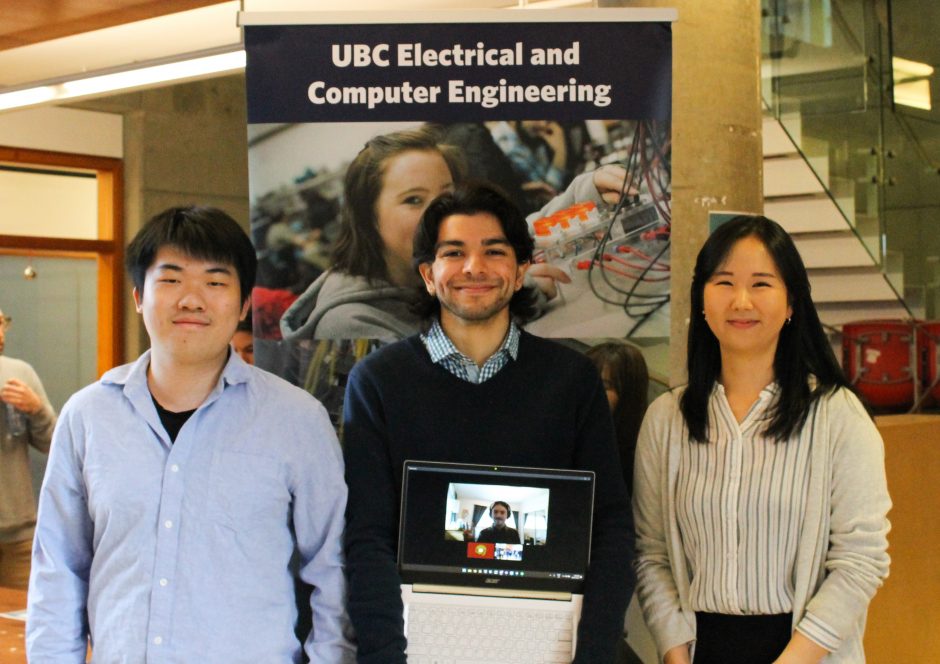
Yuqi Fu
Lena Kim
Justin Chang
Nestor Brito Naveda
Daniel Nadeem
Second Prize: Building Secret Support Services for UBC Library
Project Client: UBC Library – Chapman Learning Commons
Our team has collaborated with UBC’s own CLC (Chapman Learning Commons) from the Iriving K. Barber to develop a device for librarians and student staff to feel safer whilst on shift. Our project is described as a “secret support service” to allow for discreet communication to a supervisor or other staff in situations that may be stressful or overwhelming to a student staff member. In times that a staff member may land themselves in an encounter or confrontation with a difficult customer in the library, and require extra support from another person. To achieve this we created a portable and rechargeable device that can attach to a lanyard or be stored in a pocket capable of communicating to the necessary personnel at the push of a button. Throughout anywhere in the library, a staff member can use the device to contact a supervisor, a staff member, or if the situation calls for it, UBC security, informing them of their situation, all whilst maintaining their attention towards the customer. The recipients, contents of the phone call/text, or contact schedule are all configurable through the device using computer peripherals, and once set it will use the information to notify the respective personnel. The corresponding recipient will receive a phone call or text describing that a staff member from the CLC is in need of aid, and the recipient can now respond accordingly.
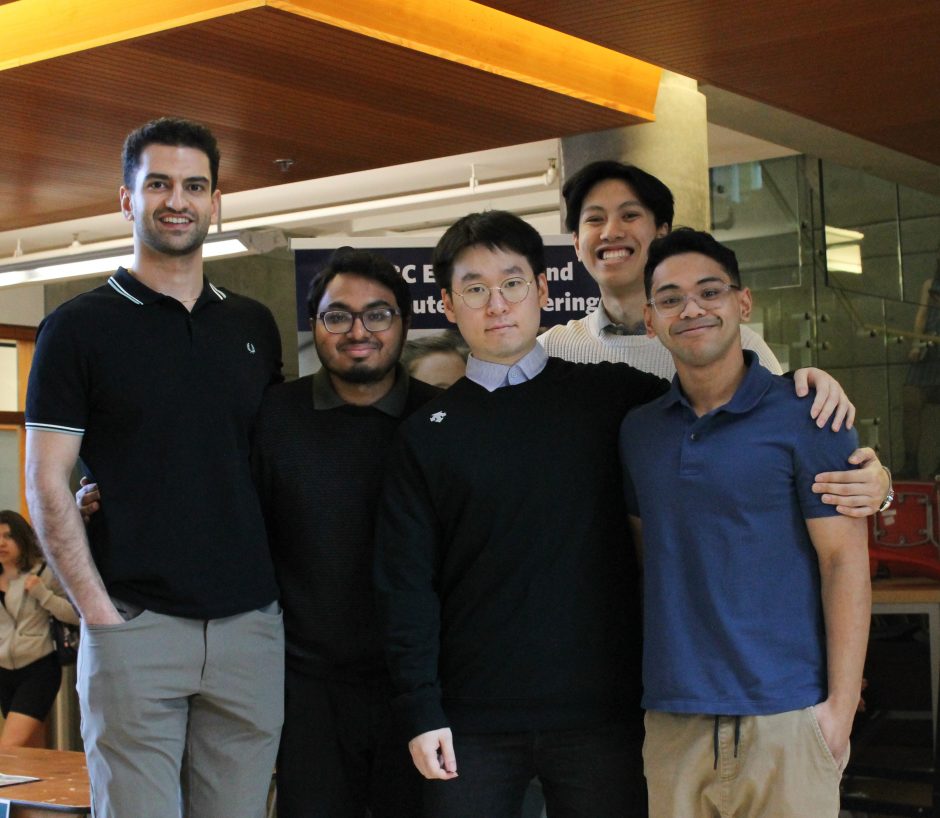
Ross Mojgani
Victor Parangue
Azwad Sadman
Daniel Lee
Jordan Lee
Third Prize: Wine health monitor
Project Client: Rampart Detection Systems Ltd
Approximately 31.7 billion bottles of wine are produced around the world each year. In BC alone this contributes $3.75 billion annually to BC’s economy. Of all that, roughly 1% percent of it spoils and will be wasted. In BC, this contributes to nearly $30 million dollars lost annually for one of our premier industries. If these bottles could be found to be spoiled before the bottle was opened/contaminated, then that would save a lot of hassle on the point of restaurants and would allow it to be put to other use such as making vinegar or dyes and would save product and money.
Our client, Rampart Detection Systems is a company that specializes in non-contact electrometers. In the past they have used their technology for IED detection and analyzing mining conveyor belts for microcracks or other wear before they are visible to the eye. We, in cooperation with Rampart, are applying their technology to creating a device that will detect if wine has spoiled without opening the bottle. The audience for this device includes but is not limited to: Wineries, Restaurants, Bars, Liquor Stores, Wine Merchants, Bottle Distribution Centers, Distilleries, and Importers.
Detecting if wine has spoiled involves detecting very trace amounts of chemicals. The chemicals in question are acetic acid and 2,4,6-trichloroanisole (TCA). In order to detect these trace chemicals we needed out sensor to be as close to an ideal electrometer as possible. We needed to have a sensor that would be incredibly sensitive. We used our own implementation of Rampart’s floating electric potential sensor (FEPS) to get the sensitivity we were looking for. Another challenge is eliminating electrical noise, keeping the quality of the signal as high as possible. We’ve designed the enclosure for the device to minimize noise and we’ve added a control loop to keep the signal within desired parameters. Finally, there is the issue of interpreting the data to tell if the wine is spoiled. The relationship between whether the wine is spoiled and the data gained may not be obvious to the human eye. We’ve implemented machine learning to interpret the data and give a result of the wine being spoiled or not.
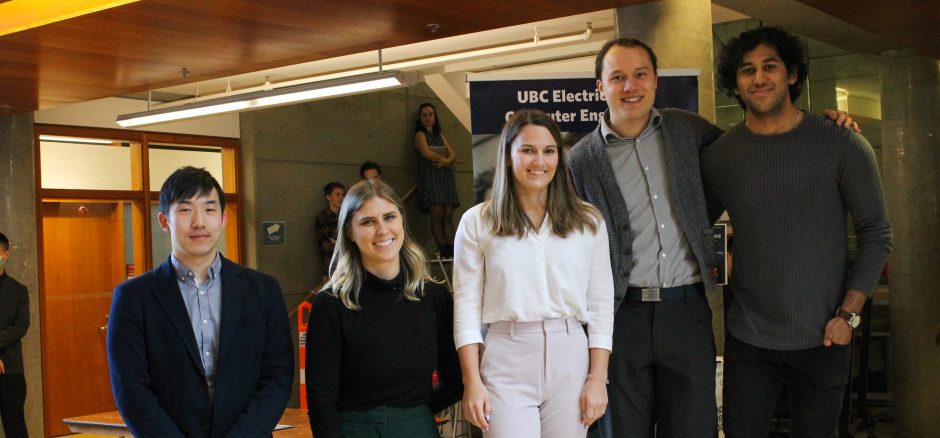
Madison Maurice
James Pan
John Forssander-Song
Sanid Singhal
Jasmine Radu
Explore the 2023 Capstone Projects
Facilitate Our Personal and Community Connection
Enhance How We Do Things
Improve How We Make Things
Leverage Data to Help Us Make Decisions
Design and Innovation Day Photo Gallery
